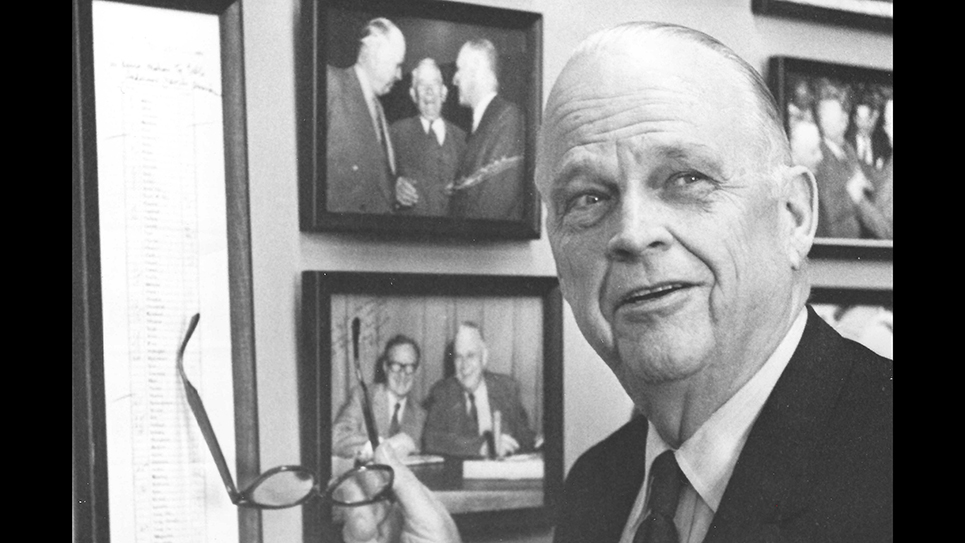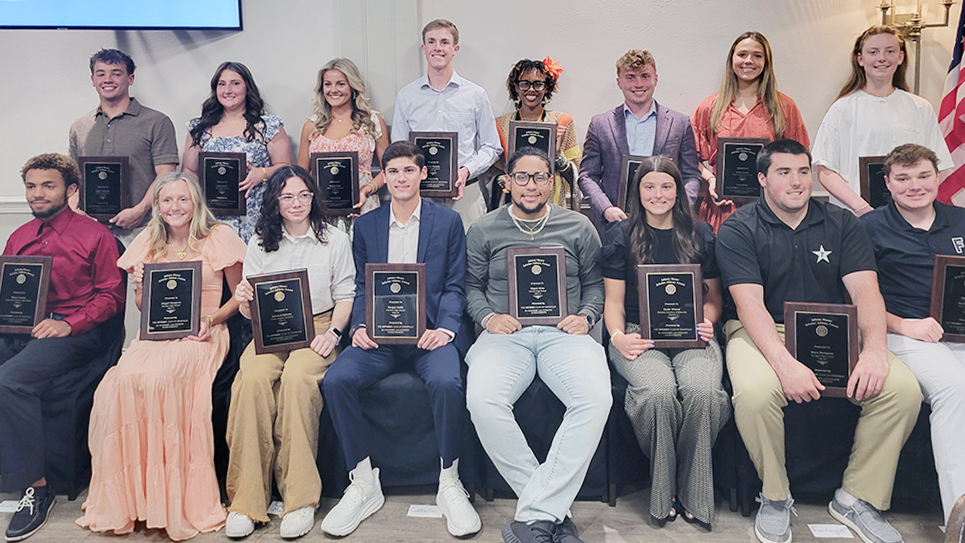‘A cold and rainy afternoon in Nashville’
By Tom Mattingly
The “experts” say tie games aren’t memorable, to the point the powers-that-be at the NCAA abolished the tie as a viable ending to a game, starting in 1996. Now the collegians play overtime, the game awarded to the last man standing.
You remember overtime from a 6-extra period affair against Arkansas in 2002 (Tennessee winning 41-38), a 5-overtime deal at Alabama in 2003 (the Vols winning 51-43), and a 4-extra period game at Kentucky (the Vols winning 52-50).
The pros have overtime, so someone reasoned that the college game would also be better off having it.
In many cases throughout collegiate football history, ties seemed a better alternative. In Tennessee’s case, for example, consider the 1964 LSU game (3-3), the 1965 Auburn (13-13) and Alabama (7-7) games, and the 1968 Georgia game (17-17), maybe even the 1990 Colorado game (31-31). Or, conversely, reflect on the 1985 UCLA game (26-26) or the 1990 Auburn game (26-26). What ties give; they also take away.
The 1974 Vanderbilt-Tennessee game was one of the best (or worst) deadlocks, depending on your team loyalties. Neither side has forgotten this one.
Tennessee and Vanderbilt fought their way to a 21-21 tie on a miserably cold and rainy afternoon in Nashville, much like you’d expect in a late November contest.
With the stadium’s artificial turf covered with precipitation and the stadium lights beaming at full power, the two teams went at it hot and heavy.
Early in the game, Condredge Holloway hit an 81-yard pass to tight end Tommy West on a play that is still the longest non-scoring pass in Tennessee history. The ensuing touchdown gave the Vols an early 6-0 lead.
Vandy, however, recovered from the early deficit, dominated the game, and led well into the final minutes. Just when you thought the Commodores, leading 21-13, had the game in hand. Punter Barry Burton dropped a punt snap, and, in the scramble for the elusive pigskin, the Vols got it at the VU 12. Stanley Morgan scored seconds later, and the Vols were faced with coming up with a do-or-die two-point conversion to tie the game.
The two-pointer came on a pass under the north goal post from Holloway to All-American Larry Seivers, the wide receiver from Clinton who could catch anything he could touch. For the record, Seivers was a 2013 inductee into the Tennessee Sports Hall of Fame. He was on the 2023 College Football Hall of Fame ballot.
The question remains: Did he catch it? After all, he touched it. You have to see the game videotape to make an informed judgment.
Here’s what Marvin West wrote in “Legends of the Tennessee Vols”: “Holloway threw the two-pointer, and Seivers went high for the ball in the back of the end zone. Maybe he caught it. Maybe he didn’t. The back judge threw up his hands to signal success. Tie game! Vanderbilters threw up their arms, too. In protest. In amazement. In a plea, as in Heaven help us.”
There was no divine intervention forthcoming.
This was Tennessee and Vanderbilt, a “rivalry” game in which all kinds of weird things have happened over the years. Many defy rational explanation. More often than not, the tide of events has turned Tennessee’s way.
Here’s Seivers’ take.
“The ball hit me right in the hands. It was raining and freezing cold. I couldn’t feel my hands. And the ball rolled down my body so nice that it probably looked like I was tucking it in. But I didn’t catch it. After the play was over, I was on the sidelines with my head down.”
There was no replay official high above Dudley Field that day. No one strode to the center of the field and said, “The previous play is under further review.” The game wasn’t on television, so there wasn’t the ability to replay the play in question. Moreover, everybody was probably too cold to wait on the decision.
Seivers continued. “I saw the controversy on the field and said to myself, ‘Well, I didn’t catch it, and they caught me.’ The Vanderbilt people were really fussing about it. Meanwhile, Tommy West had started a fight out there, and there’s a lot of commotion. I just figured they were conferring about the catch, but the referee said, ‘It’s good.’ I guess all’s well that ends well.”
During those long-ago days ties were plentiful and an intriguing part of the game, sportswriters often wrote about teams “stealing a tie,” coming from behind to knot the count in the waning seconds, helped occasionally (and often immeasurably) by a bad call, maybe even a “non-call” here and there.
This one was one of those games, a game for the ages. Who says a tie can’t be exciting?





